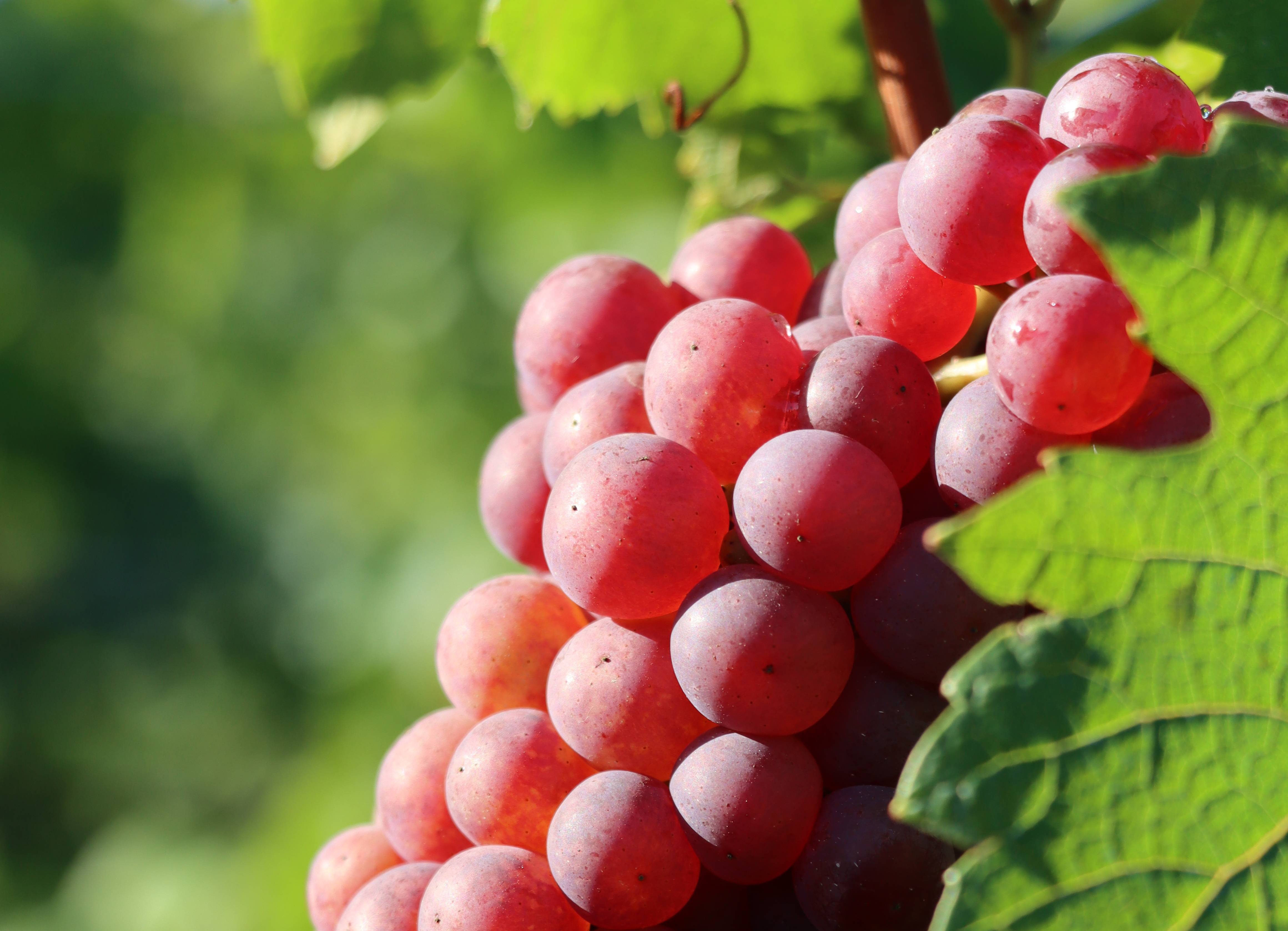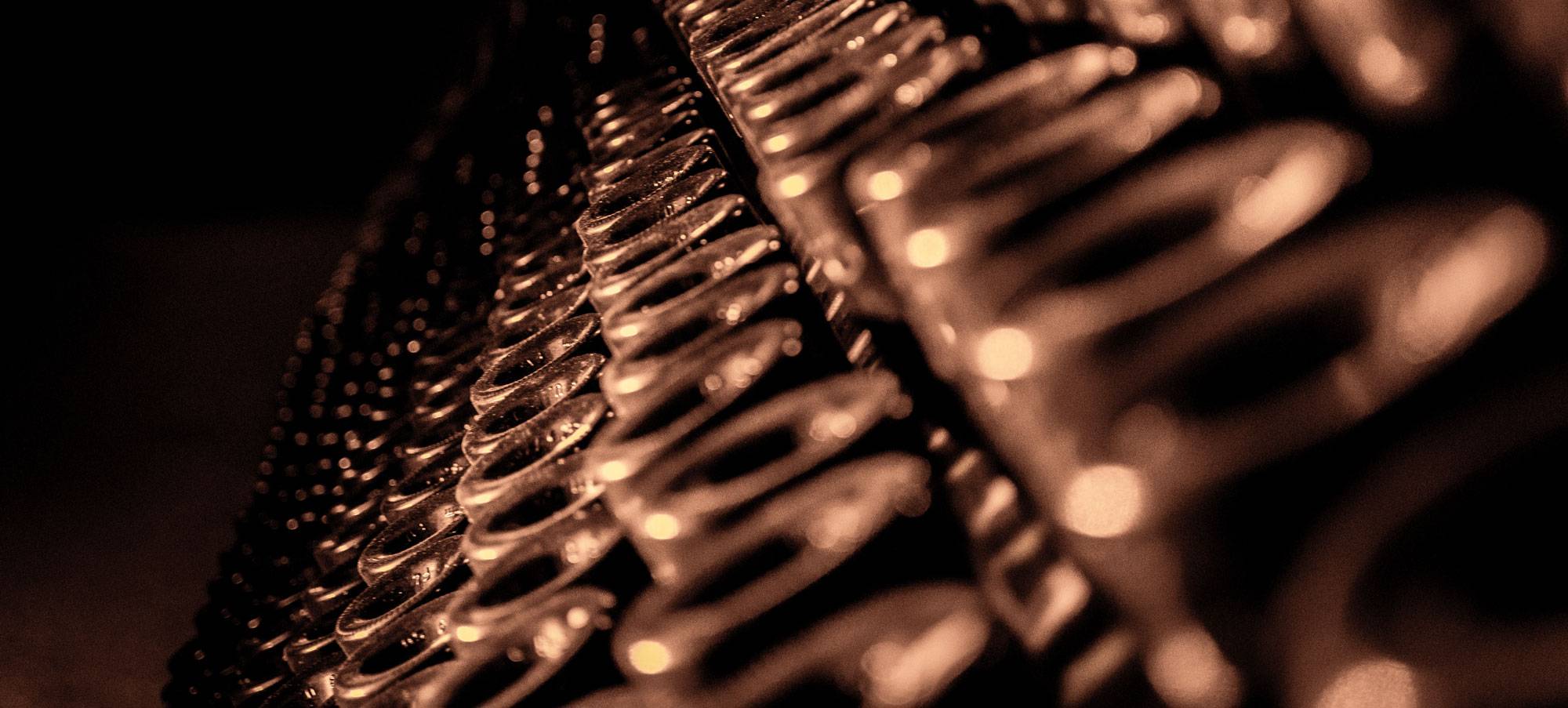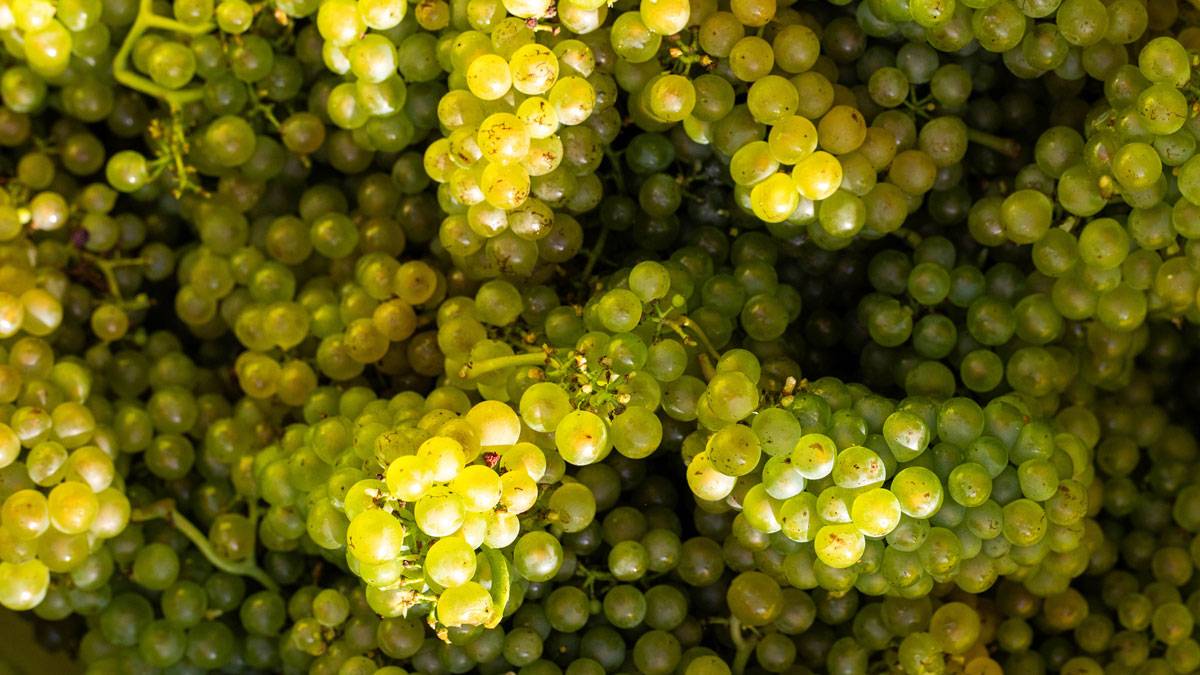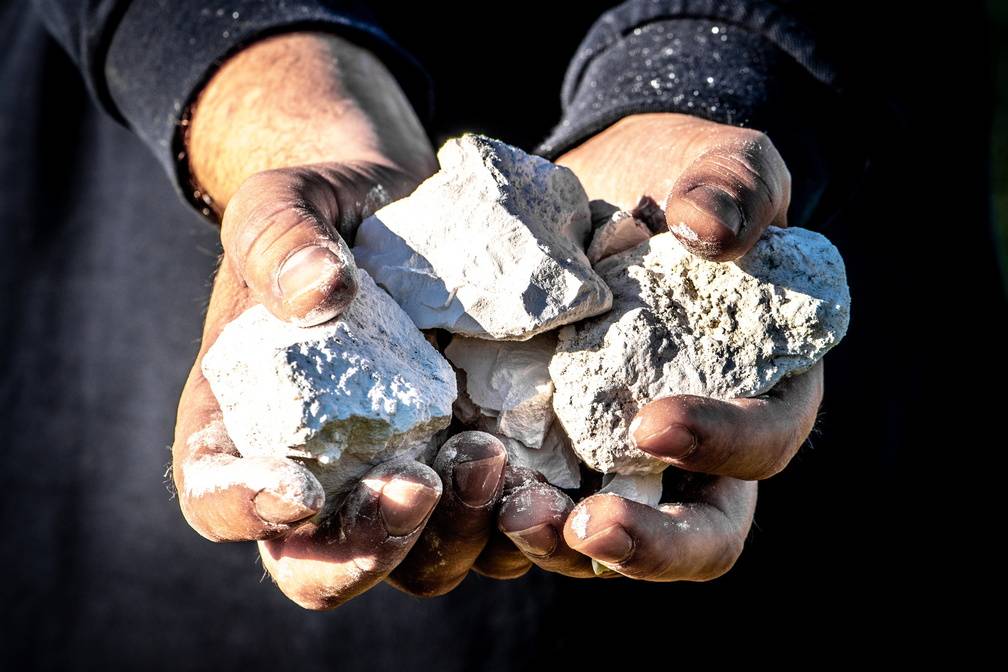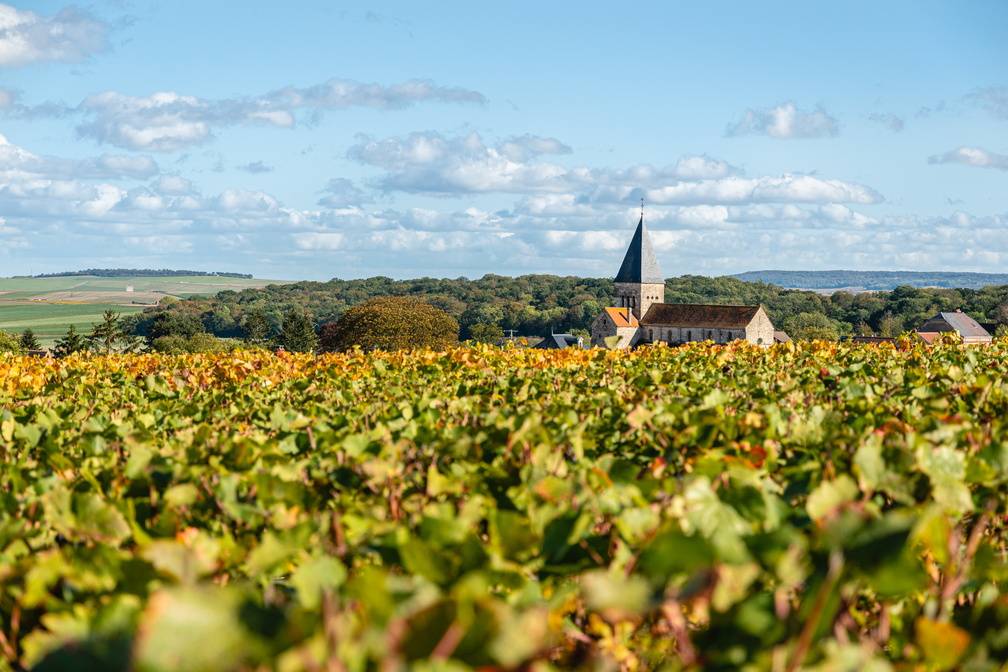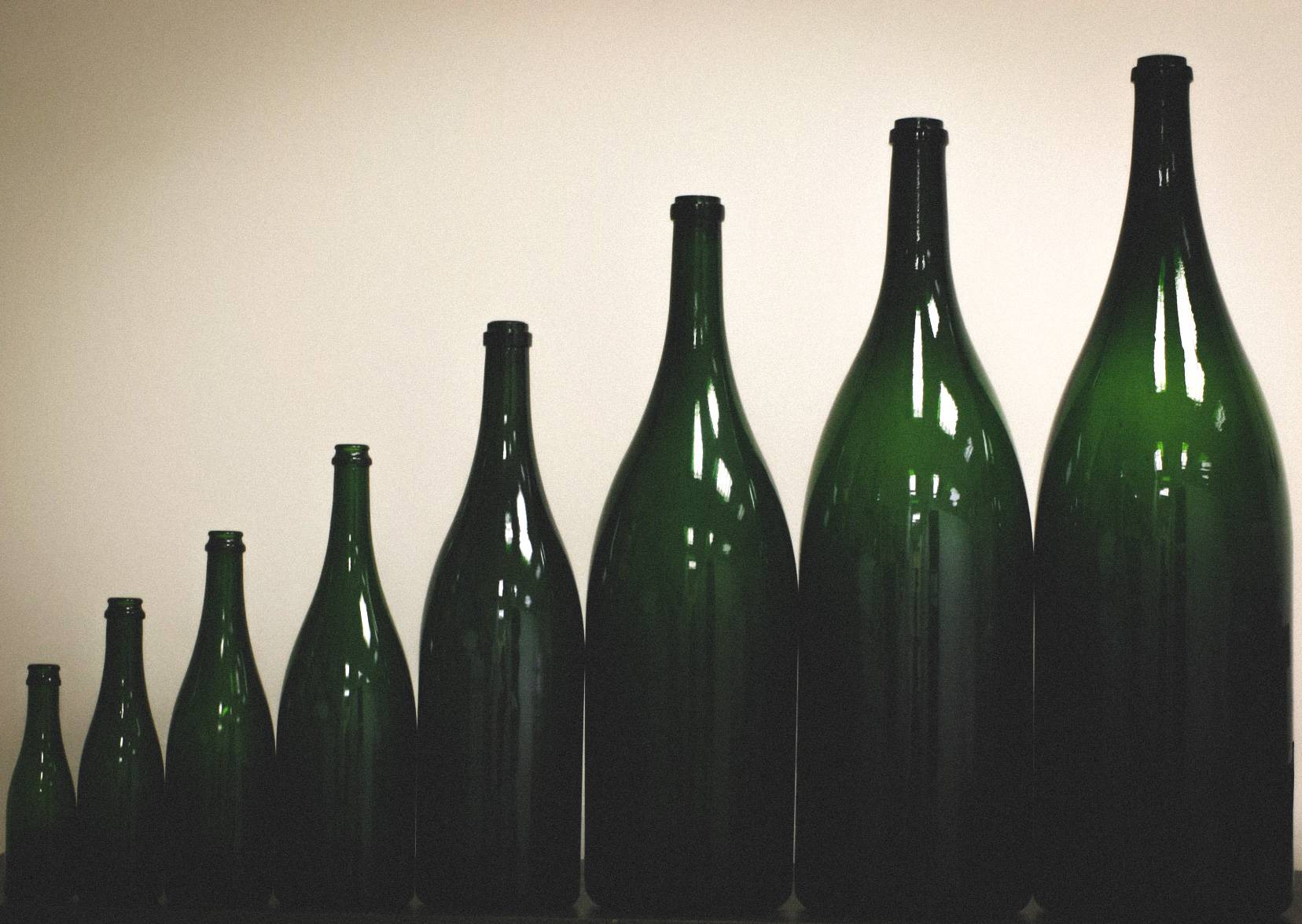Chardonnay rose is now officially authorised in the specifications of the Champagne appellation
A natural mutation of Chardonnay, Chardonnay rose is now officially authorised in the specifications of the Champagne appellation. We give you the full details in this article.
Origins of Chardonnay rose
Chardonnay rose is a natural mutation of Chardonnay blanc, identified as early as the beginning of the 20th century in Champagne and Burgundy. For decades, it was preserved by a few passionate winegrowers and existed only in collections, with a few scattered vines found in the Champagne vineyard. In 2018, it was registered in France in the “Official National Catalogue of Varieties,” which gave it a botanical identity and allowed for its propagation.
Recognition in the Champagne appellation specifications
As a grape variety historically present in the Champagne appellation, it seemed essential for Champagne Growers and Houses to request its inclusion in the appellation’s specifications after several years of experimentation led by the Comité Champagne. This inclusion helps to highlight the genetic heritage of the Champagne vineyard while reconnecting with a forgotten history.
Chardonnay rose in the vineyard
Agronomically, this grape variety is very similar to Chardonnay blanc. In terms of budburst, flowering, and ripening, it evolves in a very similar way to Chardonnay blanc. Both Chardonnay have the same sensitivity to vine diseases. A notable difference, as its name suggests, is that Chardonnay rose has pink-colored skin.
Chardonnay rose in the wine
From an oenological and organoleptic perspective, Chardonnay rose is also very similar to Chardonnay blanc. It brings freshness and excellent aging potential to Champagne wines, with an aromatic profile similar to Chardonnay blanc (citrus, chalk, white flowers…).
Can Chardonnay rose be used to produce rosé Champagne?
The skin of Chardonnay rose contains few anthocyanins (the pigment in grape skins that gives red or rosé wine its colour during maceration). Therefore, it is not possible to produce rosé Champagne solely from Chardonnay rose. However, like all authorised grape varieties in Champagne, it can be used in the composition of a blended or macerated rosé. In this case, the rosé colour will come from the black grape varieties present in the cuvée (Pinot noir or Meunier).
The diversity of grape varieties in Champagne
In Champagne, the vineyard is mainly composed of three principal grape varieties: Pinot noir, Chardonnay blanc, and Meunier. Together, they represent almost the entire Champagne vineyard. The so-called “minor” grape varieties—Arbane, Petit Meslier, Pinot blanc, Pinot gris, and now Chardonnay rose—cover only 0.5% of the vineyard. The specifications of the Champagne appellation also include a “Variety of Interest for Adaptation Purposes”: Voltis, a variety with tolerance to downy mildew and powdery mildew, currently authorized for a test phase with specific planting and usage conditions.
The inclusion of Chardonnay rose in the specifications highlights Champagne’s commitment to its genetic diversity, its plant heritage, and its ability to adapt to climate challenges.
